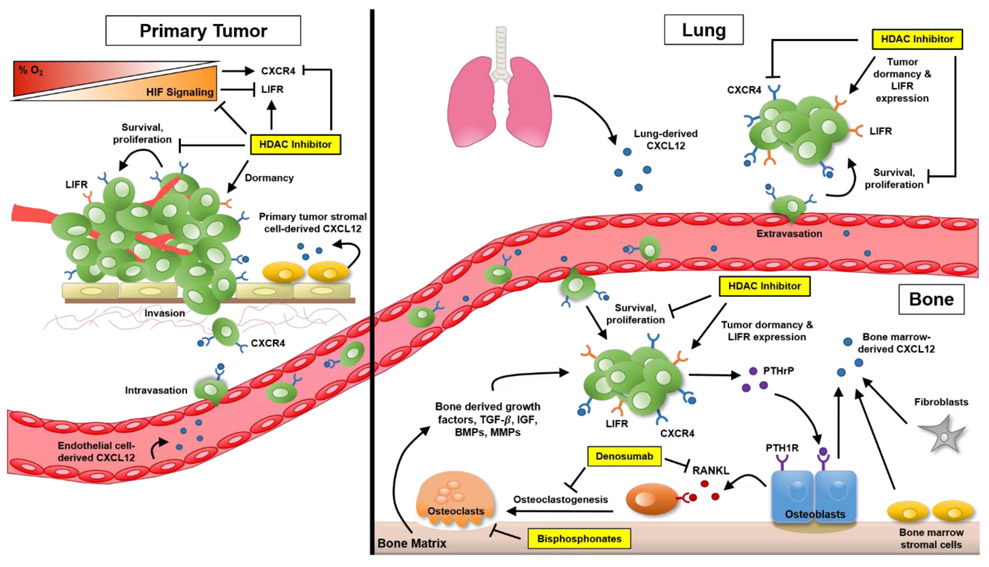Figure 1. HDAC inhibitors in the treatment of lung and bone metastasis.
Hypoxia-inducible factor (HIF) signaling plays a critical role in cancer metastasis. Hypoxia (low-oxygen tension) and HIF expression promote metastasis to the lung, bone and other organs via multiple mechanisms including upregulating the expression of CXCR4 by tumor cells. Signaling via CXCR4 and its ligand, CXCL12, plays a key role in tumor cell dissemination to distant sites by enhancing tumor growth, invasion, angiogenesis as well as adhesion to endothelial cells to promote the early stages of metastasis. CXCL12 secreted by cells in the bone, lung and other distant organs acts as a chemoattractant to promote homing of cancer cells to metastatic sites. At the end organ, CXCR4 signaling triggers adhesion of cancer cells to endothelial cells to promote extravasation as well as proliferation. In the bone specifically, disseminated tumor cells can induce bone destruction to support their own growth by releasing PTHrP which stimulates production of RANKL by osteoblasts, resulting in osteoclastic bone resorption that releases bone derived growth factors which further stimulates tumor growth and exacerbates bone destruction. This process can be targeted with bisphosphonate or denosumab treatment to inhibit osteoclast-mediated bone resorption. Treatment with HDAC inhibitors can directly target tumor cells by reducing HIF signaling and CXCR4 expression, as well as inducing the expression of pro-dormancy genes (leukemia inhibitory factor receptor, LIFR), making them potentially effective therapeutics for the treatment and prevention of lung and bone metastasis.

